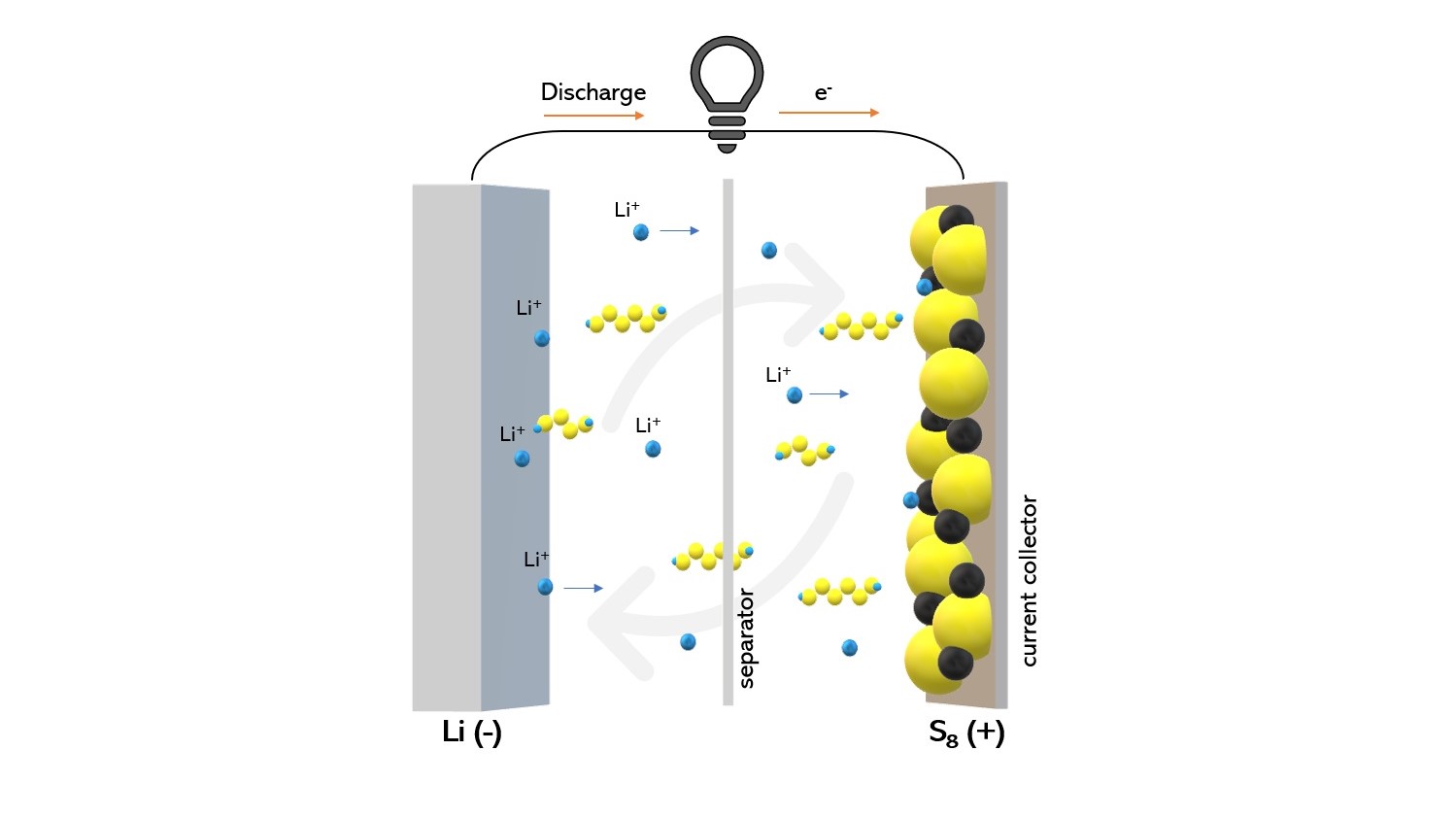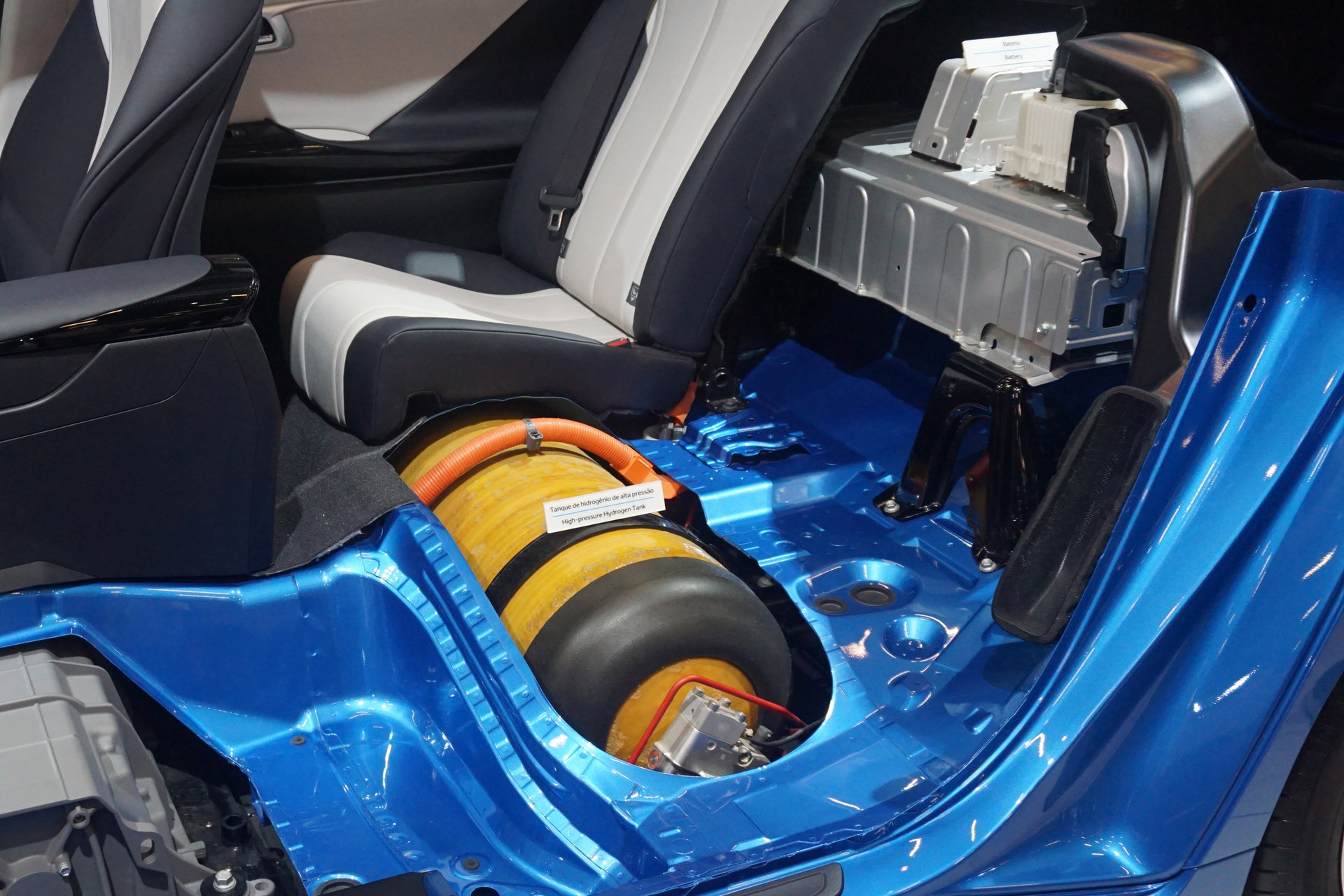Affiliate links on Android Authority may earn us a commission. Learn more.
6 alternatives to lithium-ion batteries: What's the future of energy storage?
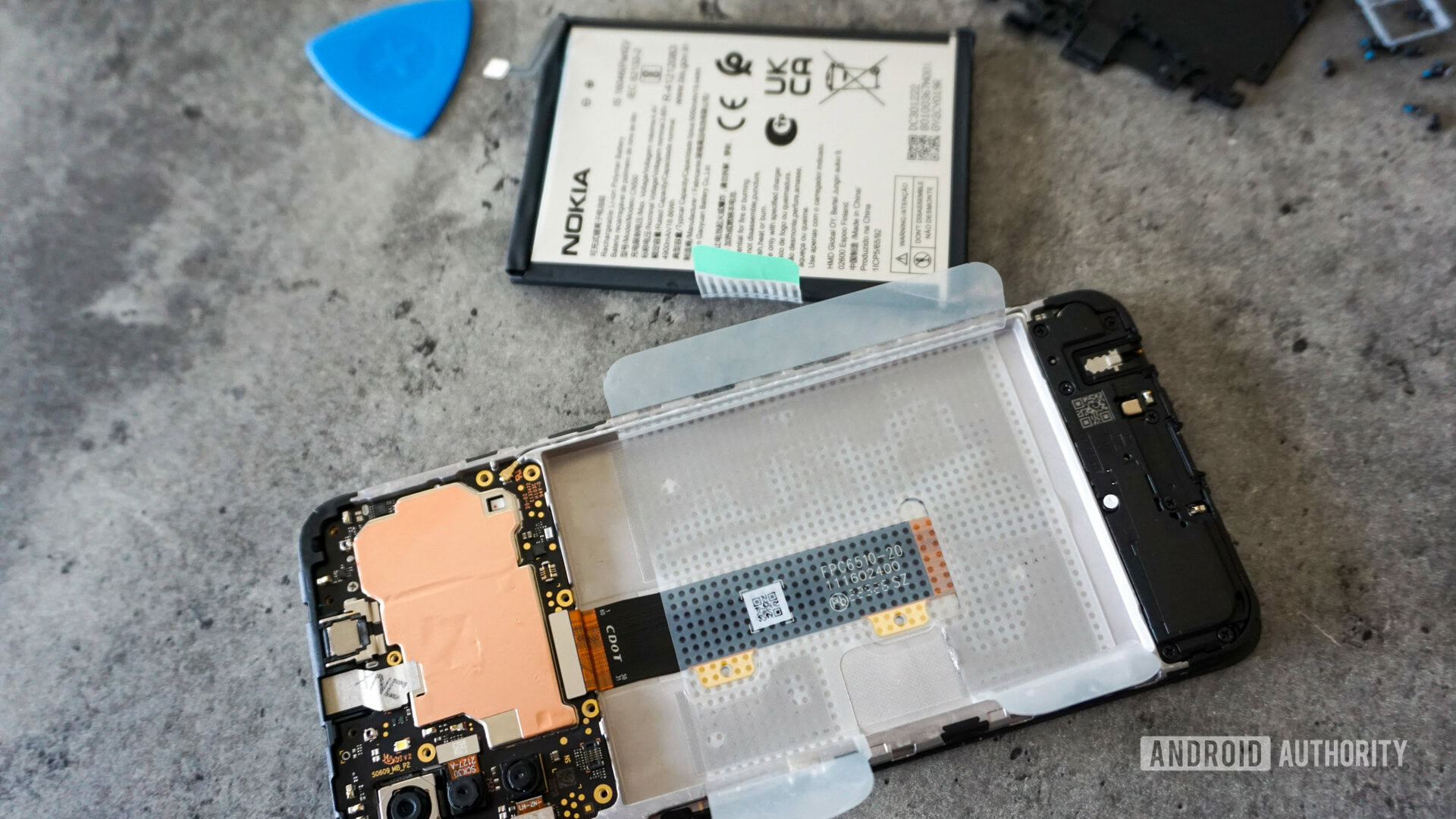
From smartphones to electric vehicles, batteries single-handedly power some of the single most impactful technologies in our lives. And while batteries themselves aren’t some new technology, the lithium-ion (Li-on) kind that powers most of our devices only began gaining ground a few short decades ago. But just as the world has moved on to renewable and sustainable sources of energy like wind and solar, similar breakthroughs in lithium-ion battery alternatives have also emerged in recent years.
So in this article, let’s take a quick look at the lithium-ion battery alternatives on the horizon. But first, let’s recap how modern batteries work and the many problems plaguing the technology.
How does a lithium-ion battery work?
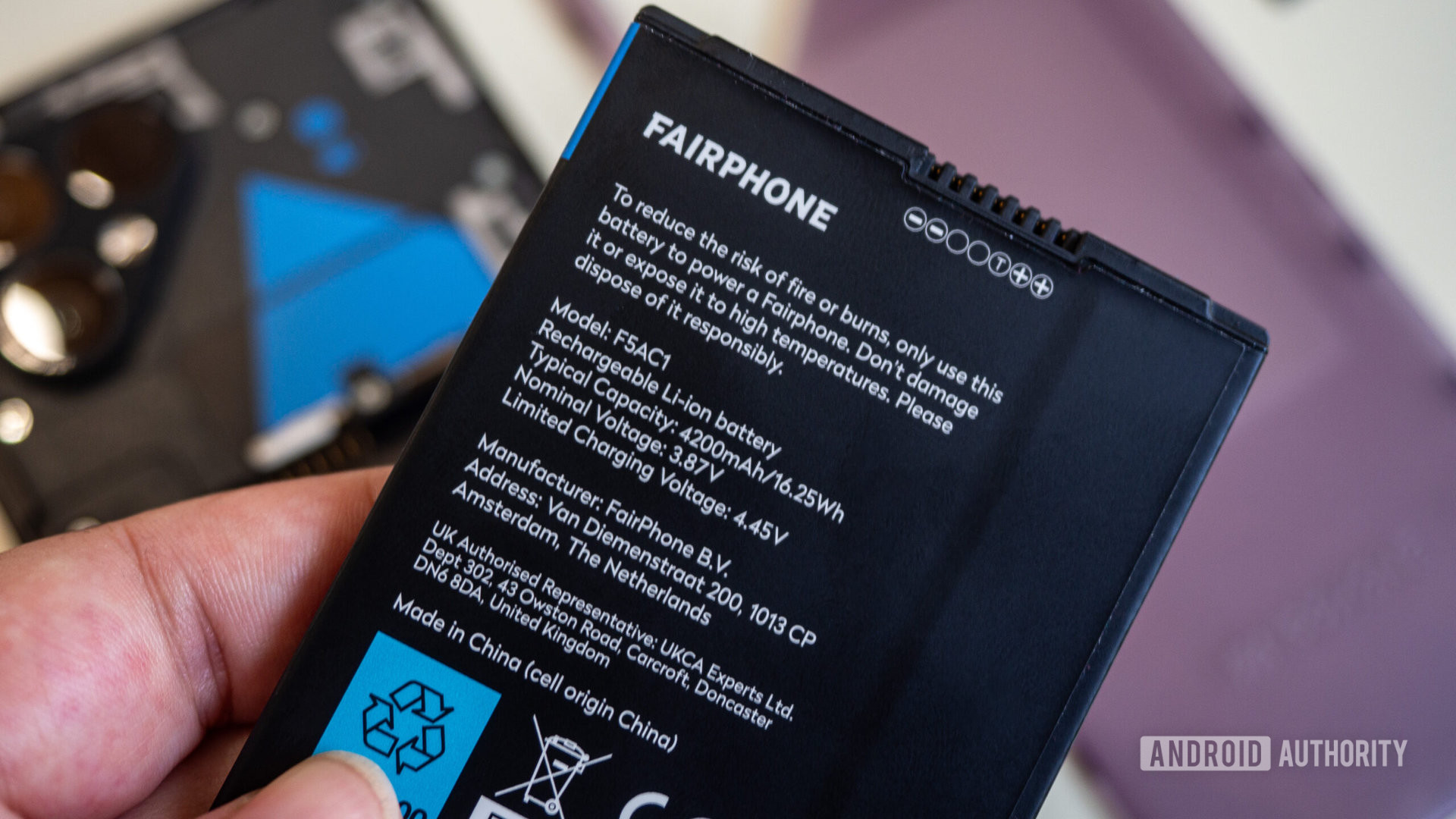
Before we explore how competing technologies work, it’s worth revisiting the basics of a rechargeable lithium-ion battery and why they’re not exactly ideal in today’s world.
Every battery is made up of a cathode (positive electrode), an anode (negative electrode), and an electrolyte medium. When you drain a charged Li-on battery, positively-charged lithium ions move from the anode to the cathode. This also triggers a flow of electrons, which can be used to power electronic devices. And when you charge a Li-on battery, the same process takes place in reverse.
All in all, you get a cycle that allows charging and discharging a Li-on battery hundreds of times. But that doesn’t mean the technology is perfect.
Why is Li-on so problematic?
Li-on batteries have a number of drawbacks, which have affected everything from iPhone production to the viability of electric vehicles. Some of these problems include:
- Safety: Lithium is a highly reactive and flammable metal. A Li-on battery needs to be kept at a certain temperature and in conditions that do not allow overcharging or short circuits. Failing that, these batteries have the tendency to catch fire or even explode due to a chain reaction known as thermal runaway.
- Scarcity: Lithium is a key component of Li-on batteries, but we only have a limited amount of it on our planet. Moreover, the majority of Lithium reserves are located far from manufacturing centers.
- Sustainability: Li-on batteries require environmentally destructive mining practices for metals such as lithium, cobalt, and nickel. Moreover, a large amount of these metal resources are located in developing countries like the Democratic Republic of Congo. Ethical mining practices haven’t been established in these areas yet, meaning Li-on production contributes significantly to greenhouse gas emissions.
- Durability: You may already know that batteries degrade over time. Most smartphone manufacturers only guarantee battery performance for about 800 to 1,000 charge cycles. That’s roughly one charge every day for three years. This is because Li-on batteries tend to undergo permanent changes to their composition over time. Various chemical and physical stresses reduce the amount of lithium ions available in such batteries and reduce their ability to hold a charge.
The top lithium-ion battery alternatives
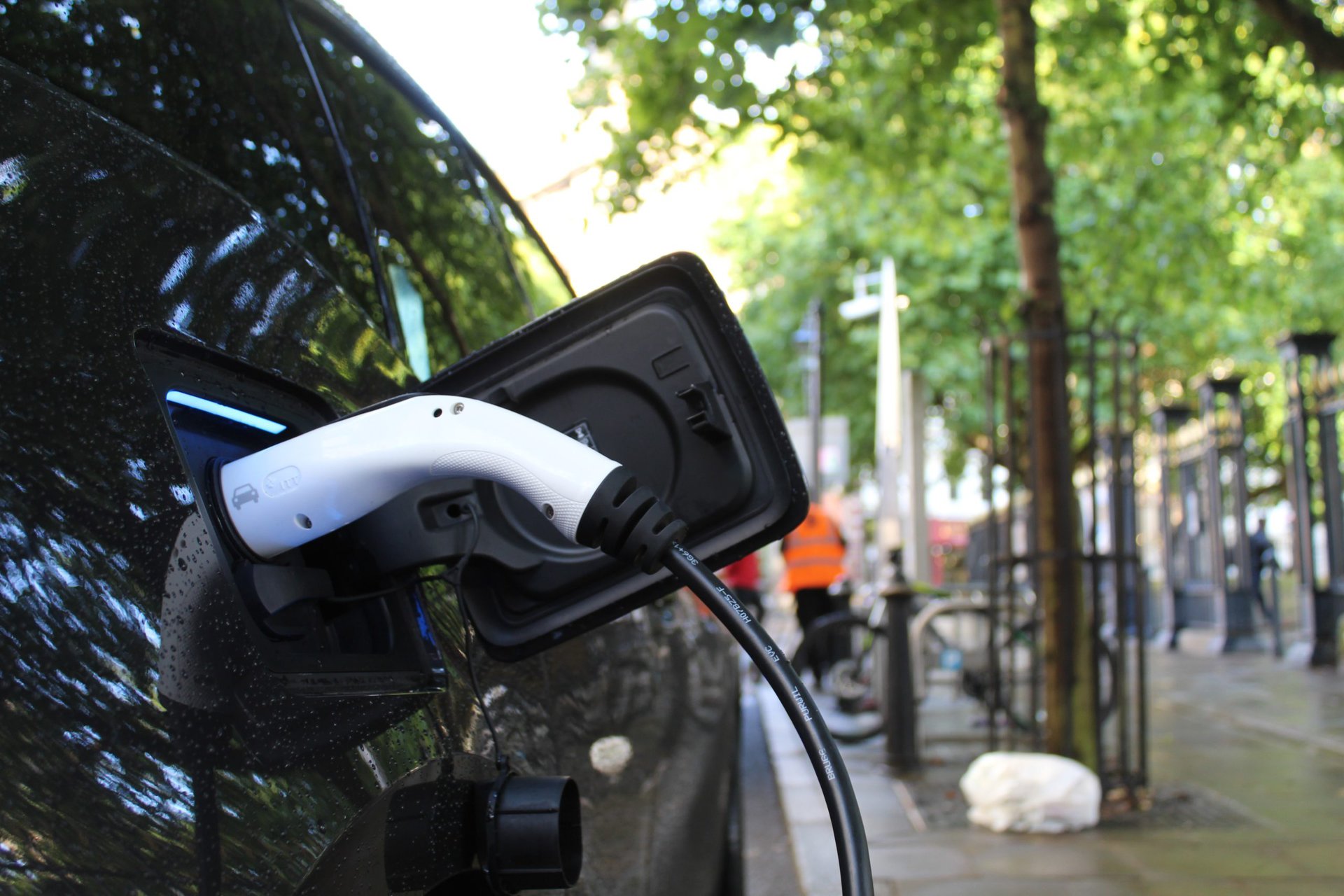
Given all of the above problems, it should come across as no surprise that virtually all major tech companies are trying to find alternative battery technologies. While many of these efforts are still in their infancy, a handful may power next-gen electric vehicles and other consumer electronics within the next decade. So without wasting any time, here’s a quick list of the top lithium-ion alternatives and how they improve upon existing battery technology.
Sodium-ion batteries
Let’s start with a battery technology that doesn’t stray too far from the Li-on baseline we’re familiar with.
Sodium-ion batteries simply replace lithium ions as charge carriers with sodium. This single change has a big impact on battery production as sodium is far more abundant than lithium. In fact, you can use salt from the oceans to extract sodium just about anywhere in the world. This could also lower the cost of battery production as you no longer have to worry about storage and transportation of a potentially dangerous material like lithium.
However, sodium-ion batteries aren’t perfect either. Their ions are physically larger than lithium, which translates to lower energy density. In the real world, this can result in lower range for electric vehicles and shorter runtimes for smartphones. Still, the other advantages of sodium-ion batteries merit further research into the technology.
Lithium-sulfur batteries
A lithium-ion battery uses cobalt at the anode, which has proven difficult to source. Lithium-sulfur (Li-S) batteries could remedy this problem by using sulfur as the cathodic material instead. In addition to replacing cobalt, Li-S batteries offer a few advantages, namely higher energy density and lower production costs.
The biggest problem with lithium-sulfur batteries at the moment relates to their fast degradation rate. So even though we saw a solar-powered plane use a Li-S battery all the way back in 2008, we’re still waiting on continued research to make the tech viable for everyday electronics.
Solid-state batteries: The best alternative to Li-on?
Lithium-ion batteries use a liquid electrolyte medium that allows ions to move between electrodes. The electrolyte is typically an organic compound that can catch fire when the battery overheats or overcharges. So in order to reduce this risk, researchers have devised an alternative in the form of solid-state batteries. These use a solid inorganic electrolyte, which can sustain harsh environments and wild swings in temperature.
Besides the lower risk of ignition, solid-state batteries can also hold more energy compared to their Li-on counterparts. The greater conductivity of a solid electrolyte should also lead to faster charging times, meaning we should see better capacity and charging speeds from devices that move to this technology.
So far, we’ve seen electric vehicle manufacturers take a keen interest in solid-state batteries. Honda, for example, said it would demo the technology soon. And in 2024, Samsung SDI said it’s on track to mass produce solid-state batteries by 2027.
Hydrogen fuel cells
While not exactly similar to a rechargeable Li-on battery, Hydrogen fuel cells have emerged as a popular alternative to supply clean energy. It involves combining stored hydrogen gas with oxygen in the air to produce electricity and water vapor. In other words, the byproduct of the reaction is completely environmentally-friendly.
However, there are still a few downsides to hydrogen fuel cells. In the automotive industry, for example, you need to build a network of hydrogen filling stations. It’s also quite expensive to build hydrogen fuel cells in the first place, so even though we have cars like the Toyota Mirai, only a few regions in the world have the infrastructure in place to fuel its hydrogen tank.
Aqueous magnesium batteries
In yet another attempt to make rechargeable batteries less dangerous and harmful, researchers have proposed the use of magnesium ions as charge carriers. This has a few advantages, starting with magnesium’s abundant availability and higher ionic charge compared to lithium. The latter means you get higher energy density from the same-sized cell. Finally, these batteries also use an aqueous electrolyte (water) instead of a flammable organic liquid.
While promising, we’re still in the early stages of research. The technology faces several limitations that prevent it from serving as a lithium-ion battery alternative anytime soon. For example, existing cathode materials that work with lithium can’t be used for magnesium. And the use of an aqueous electrolyte puts a cap on the battery’s maximum voltage because water breaks down at higher voltages.
Graphene batteries
Graphene is a single layer of carbon atoms, arranged in a hexagonal lattice or honeycomb-like structure. A sheet of graphene is so thin, it’s practically regarded as a two-dimensional structure. This unique property lends itself well for battery production as it also has excellent electrical conductivity, low weight, and a strong physical structure. In 2021, Chinese carmaker GAC announced a breakthrough in graphene battery technology, achieving a 80% charge in just eight minutes.
We’ve seen a lot of buzz surrounding graphene as a lithium-ion battery alternative, but commercial products remain unviable for now. Its cost is perhaps the biggest reason why the industry hasn’t embraced it yet. At over $60,000 per metric ton, graphene is currently only used in very small amounts. Ford, for example, uses trace amounts of the material in engines and fuel systems to reduce noise and withstand heat.
FAQs
Yes, lithium-ion batteries are currently produced in an environmentally unsustainable manner due to unethical mining, low recycling rates, and other factors.
Lithium-ion batteries typically last for half a decade or 800-1,000 charge cycles after which you may notice significant performance degradation.
Yes, modern lithium-ion batteries are relatively safe as long as you don’t puncture them and keep them in safe operating temperatures.
Yes, lithium-ion batteries contain valuable metals like cobalt and nickel that can be extracted during recycling. However, they need to be properly handled so very little effort goes into recycling them.
